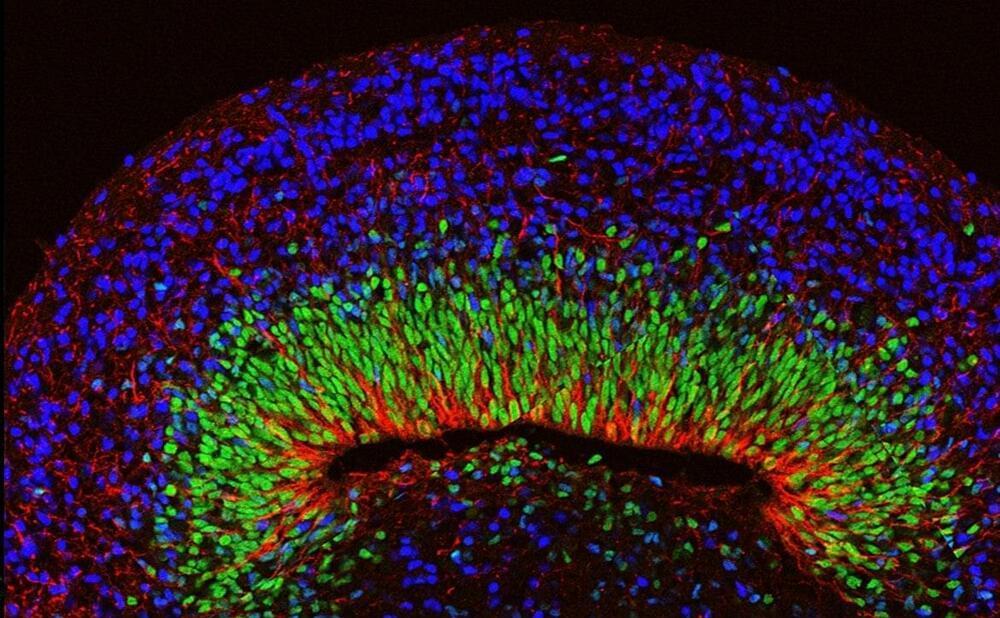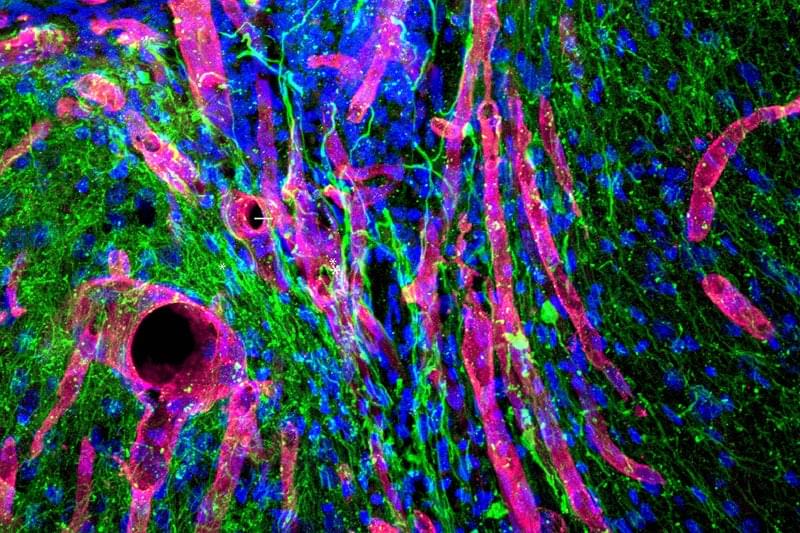Neural tissue engineering is premised on the integration of engineered living tissue with the host nervous system to directly restore lost function or to augment regenerative capacity following nervous system injury or neurodegenerative disease. Disconnection of axon pathways – the long-distance fibers connecting specialized regions of the central nervous system or relaying peripheral signals – is a common feature of many neurological disorders and injury. However, functional axonal regeneration rarely occurs due to extreme distances to targets, absence of directed guidance, and the presence of inhibitory factors in the central nervous system, resulting in devastating effects on cognitive and sensorimotor function.








